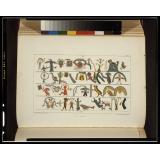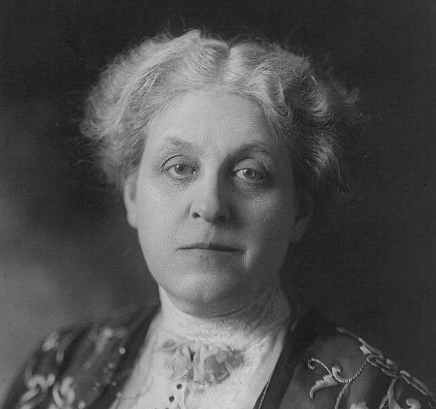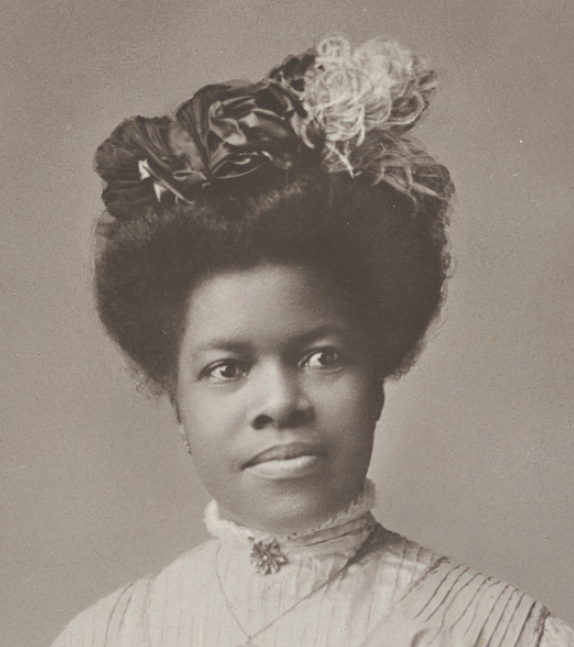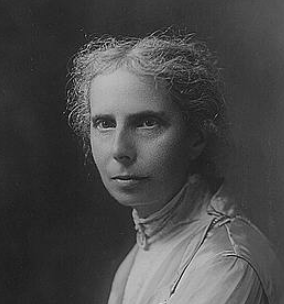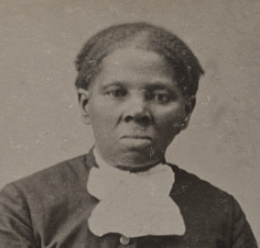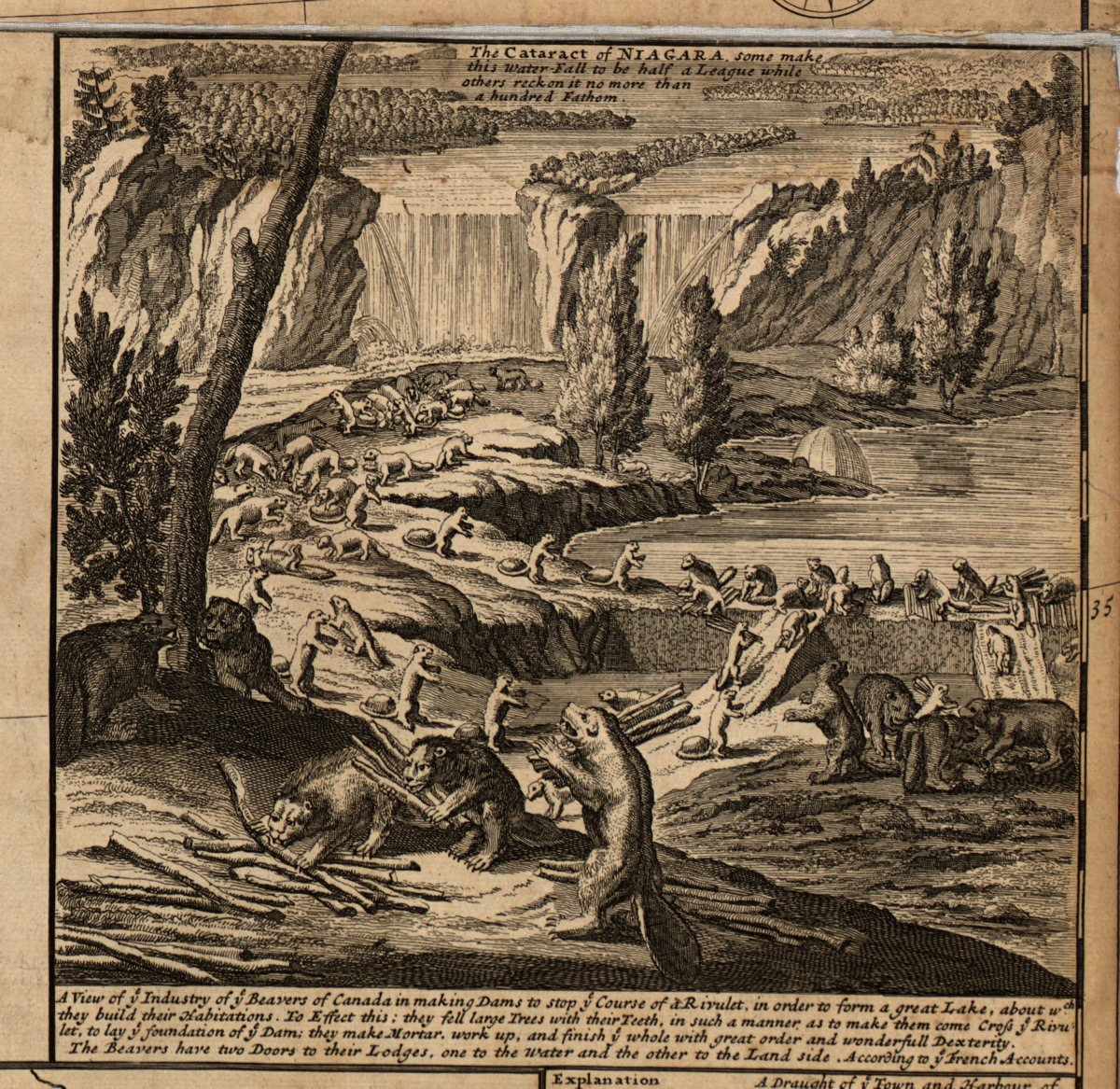
Beavers Build a Dam ~ Herman Moll 1732 LOC
A recent post by  Diana Laufenberg
entitled "History, Reexamined: Bacon’s Rebellion and the Pamunkey Tribe" included this line: Allyson Gray of the Pamunkey Tribal Council stated, "It's kind of sad that we have to rely on so many European and English documents to kind of piece together our own history. But we're able to read through the lines and really see what -- what truly was for us, from a fresh set of eyes."
Diana Laufenberg
entitled "History, Reexamined: Bacon’s Rebellion and the Pamunkey Tribe" included this line: Allyson Gray of the Pamunkey Tribal Council stated, "It's kind of sad that we have to rely on so many European and English documents to kind of piece together our own history. But we're able to read through the lines and really see what -- what truly was for us, from a fresh set of eyes."
I was reminded of this lesson I created years ago.
This lesson improves content reading comprehension and critical thinking skills with an engaging array of source documents -- including journal entries, letters, maps, and illustrations. It examines European views of Native American and the New World in the Age of Exploration. While it is a rather one-sided account, the documents also reveal a great deal about the cultural "lenses" that the Europeans "looked though."
I developed this lesson to assist high school history teachers working with struggling readers. I wanted to show them how they could scaffold learning so that all students could participate in doing the work of historians. I built the lesson around a theme which was central to their curriculum. It was designed as an essential question that would engage students in reflection about how they allowed prejudice to color their perceptions. I selected images which could be "decoded" by students with a minimum of background knowledge.
The source material contains twenty-five documents in text and image formats. I modernized historic accounts at two reading levels -- 5th and 8th grade. Each contains the same twenty five documents. A series of six exercises accompanies the lesson to guide students through the process of extracting information from the documents and constructing their own answers to the essential question.
Documents printable / viewable
3 MB pdfs
5th grade reading level
8th grade reading level
Also included are six activity Worksheets printable / viewable pdfs
Special Education English/Language Arts 6 - 8 NativeAmerican
Testimonials
- I love that there is new info on the site daily!
- I had a wonderful time working with the Library of Congress and learning about all of the resources at my fingertips!
- The TPS Teachers Network has an equal exchange of ideas. You know it's not a place where you're being judged.
- My colleagues post incredibly fine resources and ideas....the caliber of the suggestions and resources make me feel that I take a lot from it. It's a takeaway. And I hope that I can give back as much as I get.
- Going into this school year, I have a fantastic new resource for my own instruction and to share with my colleagues!
- I am very glad that I discovered the TPS Teachers Network through RQI. Great resources can be hard to find out there on the internet!

